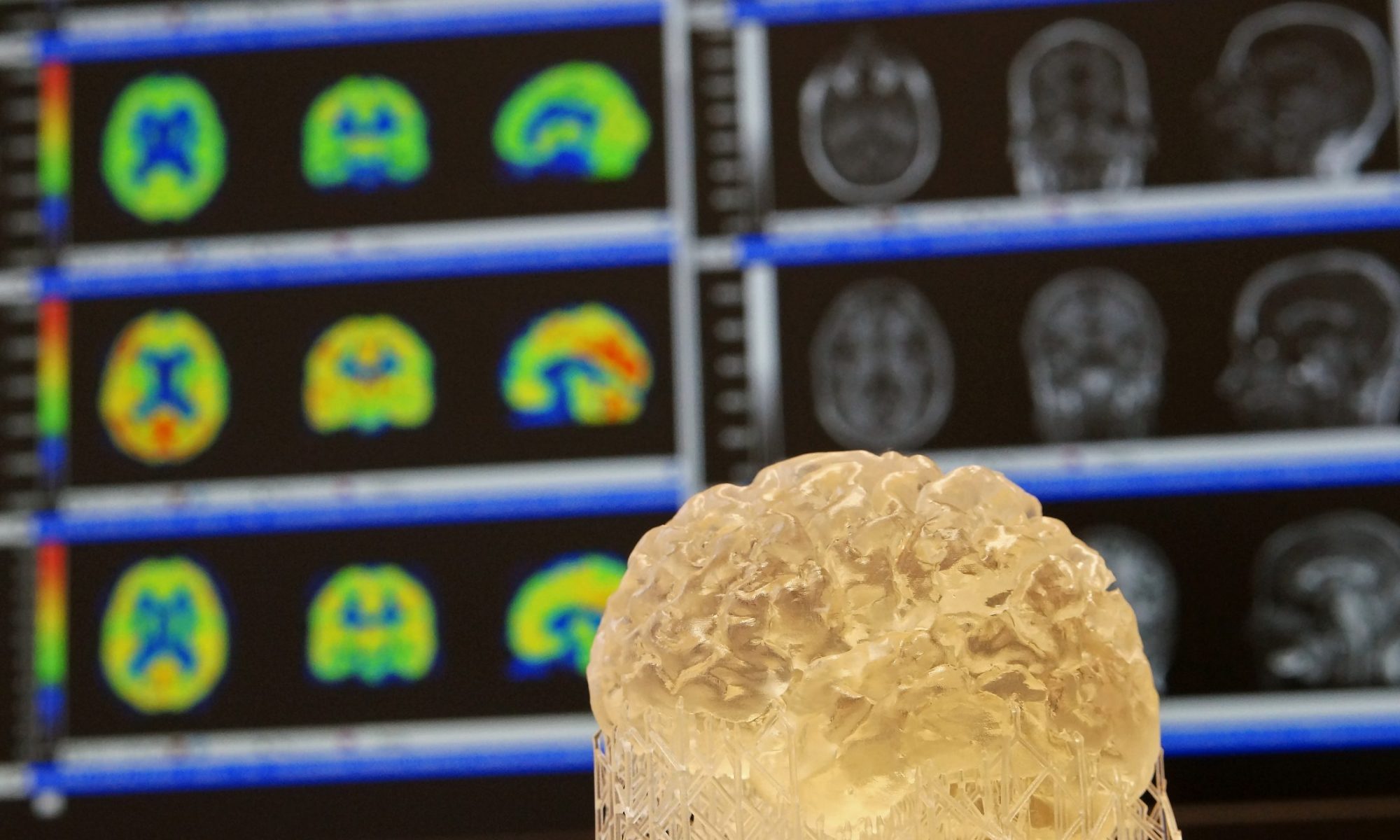2024
Langerscheidt, Felix; Wied, Tamara; Kabbani, Mohamed Aghyad Al; van Eimeren, Thilo; Wunderlich, Gilbert; Zempel, Hans
Genetic forms of tauopathies: inherited causes and implications of Alzheimer’s disease-like TAU pathology in primary and secondary tauopathies Journal Article
In: J Neurol, vol. 271, no. 6, pp. 2992–3018, 2024, ISSN: 1432-1459.
Abstract | Links | BibTeX | Tags: Genetics, Tauopathy
@article{Langerscheidt2024,
title = {Genetic forms of tauopathies: inherited causes and implications of Alzheimer’s disease-like TAU pathology in primary and secondary tauopathies},
author = {Felix Langerscheidt and Tamara Wied and Mohamed Aghyad Al Kabbani and Thilo van Eimeren and Gilbert Wunderlich and Hans Zempel},
doi = {10.1007/s00415-024-12314-3},
issn = {1432-1459},
year = {2024},
date = {2024-06-00},
urldate = {2024-06-00},
journal = {J Neurol},
volume = {271},
number = {6},
pages = {2992--3018},
publisher = {Springer Science and Business Media LLC},
abstract = {<jats:title>Abstract</jats:title><jats:p>Tauopathies are a heterogeneous group of neurologic diseases characterized by pathological axodendritic distribution, ectopic expression, and/or phosphorylation and aggregation of the microtubule-associated protein TAU, encoded by the gene <jats:italic>MAPT</jats:italic>. Neuronal dysfunction, dementia, and neurodegeneration are common features of these often detrimental diseases. A neurodegenerative disease is considered a primary tauopathy when <jats:italic>MAPT</jats:italic> mutations/haplotypes are its primary cause and/or TAU is the main pathological feature. In case TAU pathology is observed but superimposed by another pathological hallmark, the condition is classified as a secondary tauopathy. In some tauopathies (e.g. <jats:italic>MAPT</jats:italic>-associated frontotemporal dementia (FTD), progressive supranuclear palsy (PSP), corticobasal degeneration (CBD), and Alzheimer's disease (AD)) TAU is recognized as a significant pathogenic driver of the disease. In many secondary tauopathies, including Parkinson's disease (PD) and Huntington's disease (HD), TAU is suggested to contribute to the development of dementia, but in others (e.g. Niemann-Pick disease (NPC)) TAU may only be a bystander. The genetic and pathological mechanisms underlying TAU pathology are often not fully understood. In this review, the genetic predispositions and variants associated with both primary and secondary tauopathies are examined in detail, assessing evidence for the role of TAU in these conditions. We highlight less common genetic forms of tauopathies to increase awareness for these disorders and the involvement of TAU in their pathology. This approach not only contributes to a deeper understanding of these conditions but may also lay the groundwork for potential TAU-based therapeutic interventions for various tauopathies.</jats:p>},
keywords = {Genetics, Tauopathy},
pubstate = {published},
tppubtype = {article}
}
<jats:title>Abstract</jats:title><jats:p>Tauopathies are a heterogeneous group of neurologic diseases characterized by pathological axodendritic distribution, ectopic expression, and/or phosphorylation and aggregation of the microtubule-associated protein TAU, encoded by the gene <jats:italic>MAPT</jats:italic>. Neuronal dysfunction, dementia, and neurodegeneration are common features of these often detrimental diseases. A neurodegenerative disease is considered a primary tauopathy when <jats:italic>MAPT</jats:italic> mutations/haplotypes are its primary cause and/or TAU is the main pathological feature. In case TAU pathology is observed but superimposed by another pathological hallmark, the condition is classified as a secondary tauopathy. In some tauopathies (e.g. <jats:italic>MAPT</jats:italic>-associated frontotemporal dementia (FTD), progressive supranuclear palsy (PSP), corticobasal degeneration (CBD), and Alzheimer's disease (AD)) TAU is recognized as a significant pathogenic driver of the disease. In many secondary tauopathies, including Parkinson's disease (PD) and Huntington's disease (HD), TAU is suggested to contribute to the development of dementia, but in others (e.g. Niemann-Pick disease (NPC)) TAU may only be a bystander. The genetic and pathological mechanisms underlying TAU pathology are often not fully understood. In this review, the genetic predispositions and variants associated with both primary and secondary tauopathies are examined in detail, assessing evidence for the role of TAU in these conditions. We highlight less common genetic forms of tauopathies to increase awareness for these disorders and the involvement of TAU in their pathology. This approach not only contributes to a deeper understanding of these conditions but may also lay the groundwork for potential TAU-based therapeutic interventions for various tauopathies.</jats:p>
